Key management focuses on protecting cryptographic keys from threats and ensuring keys are available when needed. And it’s no small task. That's why the SNIA Networking Storage Forum (NSF) invited key management and encryption expert, Judy Furlong, to present a “Key Management 101” session as part our Storage Networking Security Webcast Series. If you missed the live webcast, I encourage you to watch it on-demand as it was highly-rated by attendees. Judy answered many key management questions during the live event, here are answers to those, as well as the ones we did not have time to get to.
Q. How are the keys kept safe in local cache?
Read More
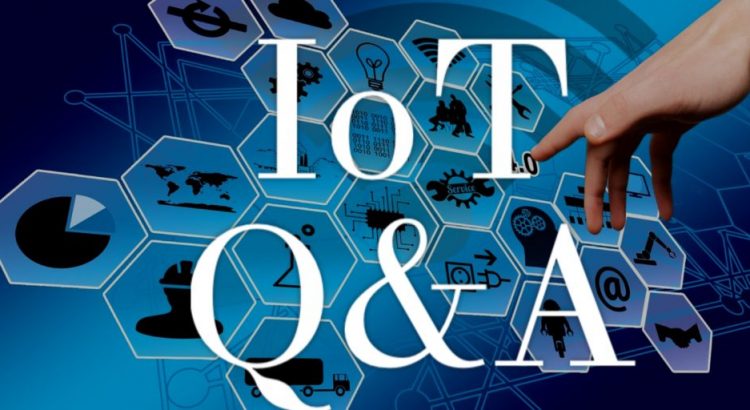
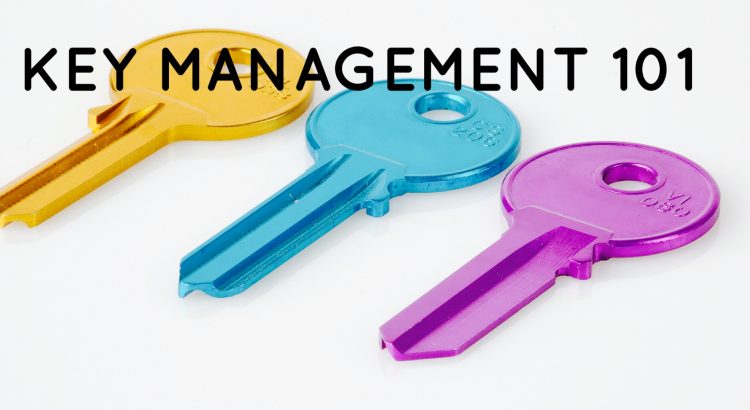
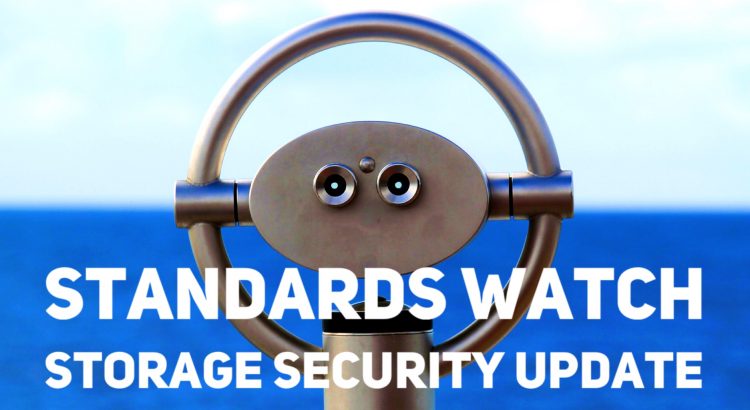
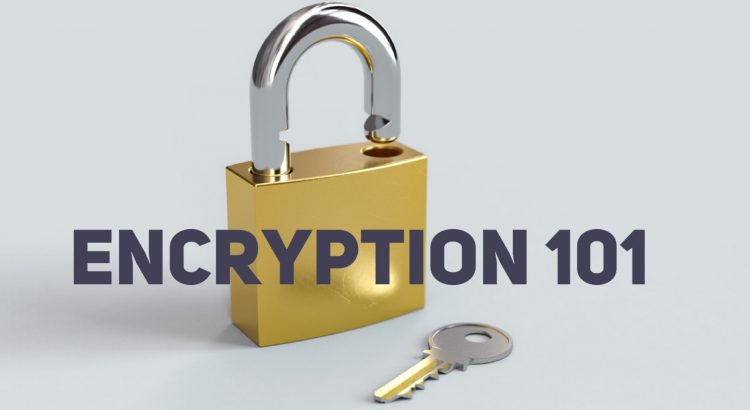
 This series of webcasts, hosted by the
This series of webcasts, hosted by the 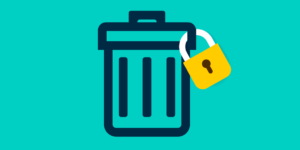 The European Commission, Directorate-General for Internal Market, Industry, Entrepreneurship and SMEs has issued COMMISSION REGULATION (EU) 2019/424 on 15 March 2019 laying down eco-design requirements for servers and data storage products pursuant to Directive 2009/125/EC of the European Parliament and of the Council and amending Commission Regulation (EU) No 617/2013.
The European Commission, Directorate-General for Internal Market, Industry, Entrepreneurship and SMEs has issued COMMISSION REGULATION (EU) 2019/424 on 15 March 2019 laying down eco-design requirements for servers and data storage products pursuant to Directive 2009/125/EC of the European Parliament and of the Council and amending Commission Regulation (EU) No 617/2013.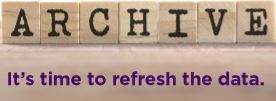
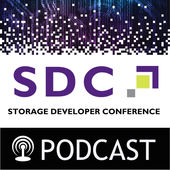 can get a “sound bite” of what to expect by downloading SDC podcasts via
can get a “sound bite” of what to expect by downloading SDC podcasts via